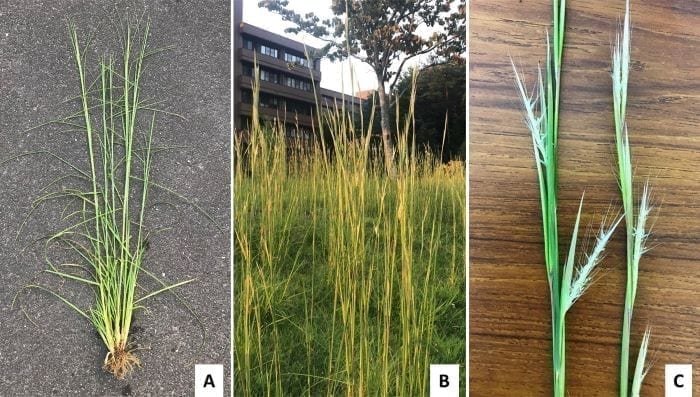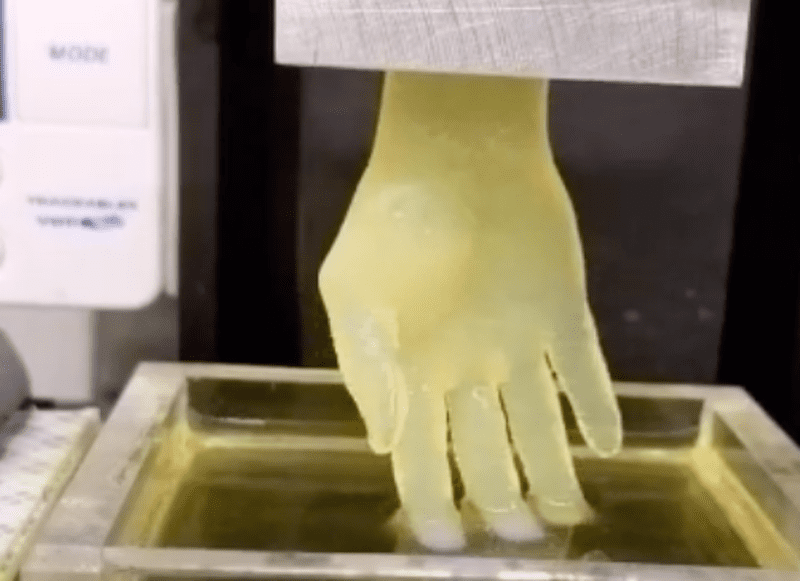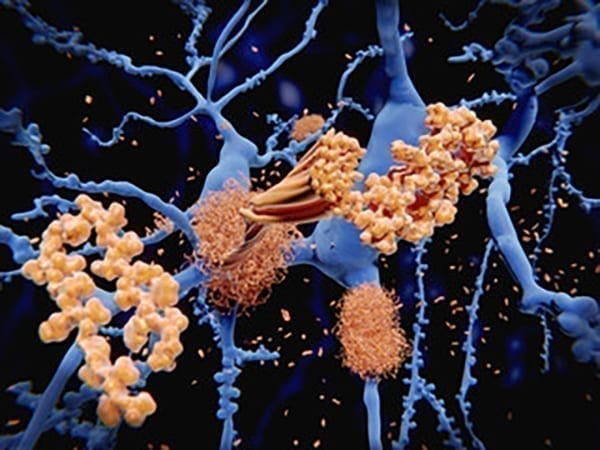
Andropogon virginicus
(A) Bud stage; (B) Flowering stage; (C) Spikelets
Native to the southeastern United States, a weedy grass has spread northward to Canada and also made its way to Australia and Japan. Andropogon virginicus grows densely packed and up to seven feet tall, disrupting growth patterns of other plants and competing for resources. When burned, it grows back stronger. There is no way to effectively remove the weed once it has invaded. But there might be a way to use it to human advantage.
An international team of researchers has found that A. virginicus extracts appear to be effective against several human diseases, including diabetes and cancer. The results were published on Dec. 31, 2020, in a special issue of Plants, titled “Biological Activities of Plant Extracts.”
“A. virginicus is an invasive weed that seriously threatens agricultural production and economics worldwide,” said paper author Tran Dang Xuan, associate professor in the Transdisciplinary Science and Engineering Program in the Graduate School of Advanced Science and Engineering at Hiroshima University. “However, no solution efficiently utilizing and tackling this plant has been found yet. In this paper, we highlight the potential application of A. virginicus extracts in future medicinal production and therapeutics of chronic diseases such as type 2 diabetes and blood cancer, which can deal with both crop protection and human health concerns.”
Researchers found high levels of flavonoids in the samples they extracted from the weed. These plant chemicals have significant antioxidant and anti-inflammatory properties, according to Xuan. When tested against a variety of cell lines, the extracted plant chemicals bonded to free radicals, preventing damage to the cells. At skin level, this helps prevent age spots by inhibiting a protein called tyrosinase. Among other, deeper healthful actions, this bonding also helps prevent knock-on cellular actions that can lead to type 2 diabetes.
The team also specifically applied the extracted chemicals to a line of chronic myelogenous leukemia, a rare blood cancer. The extract appeared to kill off the cancer cells.
Xuan said the researchers plan to establish a comprehensive process to isolate and purify the compounds responsible for known biological properties, as well as work to identify new uses. They will further test the therapeutical effects of the compounds, with the eventual goal of preparing functional pharmaceuticals for human use.
“Although A. virginicus has been considered a harmful invasive species without economic value, its extracts are promising sources of antioxidant, anti-diabetic, anti-tyrosinase, and antitumor agents,” Xuan said.
Original Article: Invasive weed may help treat some human diseases, researchers find
More from: Hiroshima University | Goethe University Frankfurt
The Latest Updates from Bing News & Google News
Go deeper with Bing News on:
invasive plant therapeutics
- MCRB Seres Therapeutics, Inc.
Seres Therapeutics, Inc., a microbiome therapeutics company, develop microbiome therapeutics to treat the modulation of the colonic microbiome. It develops a novel class of biological drugs that ...
- Invasive plants are a menace. Here’s how to avoid them in your garden.
These common ornamental plants might be pretty additions to your home landscaping, but they are invasive — nonnative plants that can aggressively spread into the natural environment and harm ...
- 'The Cape Cod jungle': What you should know about invasive plants
Those darn invasive plants can really take a toll on Cape Cod gardens -- here are some tips on how to battle back.
- How bad are invasive plants for birds? Research suggests large-scale removal may not have intended benefits
The non-native invasive plants in the study included Japanese barberry, Morrow's honeysuckle, burning bush, and autumn olive while the natives included striped maple, shadbush, musclewood, witch ...
- Cidara Therapeutics Provides Corporate Update and Reports Fourth Quarter and Full Year 2023 Financial Results
SAN DIEGO, April 22, 2024 (GLOBE NEWSWIRE) -- Cidara Therapeutics ... for the treatment of invasive candidiasis in adults, earning milestone payments of approximately $11.1 million and $2.8 ...
Go deeper with Google Headlines on:
invasive plant therapeutics
[google_news title=”” keyword=”invasive plant therapeutics” num_posts=”5″ blurb_length=”0″ show_thumb=”left”]
Go deeper with Bing News on:
A. virginicus
- Foreigners add net $32.7 bln to EM portfolios in March -IIF
China stocks took in $1.7 billion and bonds $2.1 billion. "EM ex-China debt has seen stronger flows, sustained mainly by large issuance by a few selected EMs and a positive impact from carry trade ...
- How to type an em dash in Windows
The em dash (—) is a supremely useful (and fashionable) piece of punctuation used in writing and editing, often in place of a comma, colon, or parenthesis. While you might want to utilize it to ...
- Bradford pear trees: Don't plant them, cut them down, UT Arboretum ed coordinator says
This tree (Chionanthus virginicus), she added, “has showy white panicle blooms in May through June, is fragrant and has fruit valuable to the birds.” How did the Bradford pear tree become the ...
- EM waves and the electromagnetic spectrum
Electromagnetic waves travel at 300,000,000 metres per second (m/s) through a vacuum. Often a phrase is used to help remember the order of the groups of the electromagnetic spectrum such as Roman ...
- Light and the EM spectrum
Electromagnetic waves are transverse waves with a wide range of properties and uses. The reflection and refraction of light explains how people see images, colour and even optical illusions ...
Go deeper with Google Headlines on:
A. virginicus
[google_news title=”” keyword=”A. virginicus” num_posts=”5″ blurb_length=”0″ show_thumb=”left”]
[embedyt] https://www.youtube.com/embed?listType=playlist&list=PL0UjJ07OSXC83oV409r1yRju8-ihA1InJ&layout=gallery[/embedyt]










